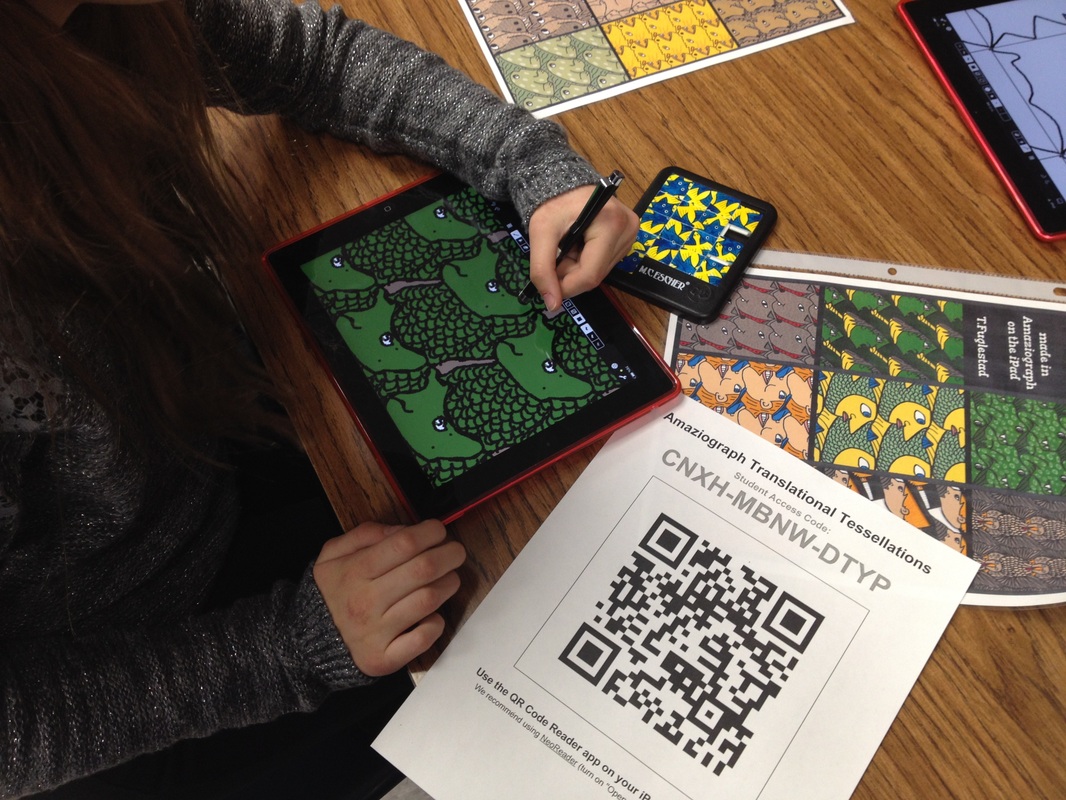

- #How to make seamless patterns with amaziograph how to#
- #How to make seamless patterns with amaziograph full#
Make A Seamless Vector Pattern: Create a circle on the artboard and size it: Whatever units your Rulers are set to, is what your Transform Palette will display. The reason we want our rulers to show pixels is that we will be using the Transform Palette. Now, Right/Control + Click on the ruler itself to change the units to Pixels. Seamless vector patterns areįirst, if you rulers aren't showing, hit Command + R (Mac) or Control + R (PC) to reveal your rulers. You will be learning to align and blend different shapes in the process. There are many tools which make you wonder about their use and tasks that they perform. Photoshop allows you to do all the possible things and customizations without harming the neatness and cleanliness of the project. Unlike traditional methods of blending, there are new tools to duplicate the specific patterns. You cannot achieve perfection without using appropriate tools and instruments.
#How to make seamless patterns with amaziograph full#
You may practice with different shapes and formats to get full control of your own skills. In this tutorial, you will be taught to make the correct use of the Transform Pallete tool. This is a VERY useful thing to know, so I wanted to share with you my method, and help you bypass some of the frustration I have long endured.
#How to make seamless patterns with amaziograph how to#
If you want to save a copy of your pattern, instead of replacing your original pattern, make sure to click Save a Copy and not Done.I have always wanted to know how to do this (and I'm sure mine isn't the only way) but through a little practice, I've come across a somewhat simple method to making seamless vector patterns without headache. Here you can change colours, move elements around, and add or delete elements. If you’d like to edit your pattern, double-click the pattern swatch and it will open up the Pattern Options window. To Enlarge or Shrink Your Object and Pattern Proportionally Select all options except Transform Pattern. Check the Preview box, and you can play with the percentage until you are happy with how everything looks. Then enter in your percentage to increase or decrease your pattern in the Uniform option. Make sure all options are checked except Transform Objects. How to Enlarge or Shrink Your Illustrator Pattern Here you will have a few different options. If you’d like to resize either your pattern, your shape or both, right click on your shape and go to Transform>Scale. To apply your pattern, click on your rectangle tool and draw a rectangle of any size, then click your pattern in the Swatches palette (make sure you are changing the fill and not the stroke!). Now your pattern will be in your Swatches palette. Name your pattern and click Done at the top. For a simple pattern like this, you don’t need to do much (if anything) to the default options, just make sure you have your Tile Type set to Grid, or else your pattern is going to go all crazy! With everything still selected, go to Object>Pattern>Make which will open the Pattern Options window. Next, select everything and make a clipping mask by right clicking and hitting Make Clipping Mask. Step 3Ĭlick the square in the background and click Edit>Copy, then Edit>Paste in Front, and bring that copy to the front (Object>Arrange>Bring to Front). If you move an edge element, your pattern will no longer be seamless. Once you have your edges done, you can rearrange anything in the middle, but not the edges. If you started at the top, your edge would be at 0px, and you would need to add 600px to move to the bottom edge.Ĭheck the preview box so you can make sure you are moving in the right direction and then click Copy.ĭo the same with your sides, only this time you will be changing the horizontal position and setting the vertical position to zero. The positioning may seem a little counter-intuitive at first, but because we are starting with our bottom edge (600px) and we want to move it to the top (0px), we need to subtract 600px to get there. Since the height of our square is 600px, set your vertical position to -600px and the horizontal to 0. Select each element, then right click and select Transform > Move. Start with one of your edges (I began at the bottom), and place your elements with parts outside of the square. You can arrange the interior elements any way you’d like, but the edges need to mirror each other to make your pattern seamless. The size doesn’t matter as much as it needing to be square, it will make creating your pattern easier! In your document, select the rectangle tool and create a 600px x 600px box. Luckily, it’s also very easy to get the hang of! Follow along as Cassandra of Peony and Ink gives the step-by-step instructions on how to make it happen. Creating a seamless pattern in Adobe Illustrator is particularly useful when designing things like phone cases, home decor items and website elements.


 0 kommentar(er)
0 kommentar(er)
